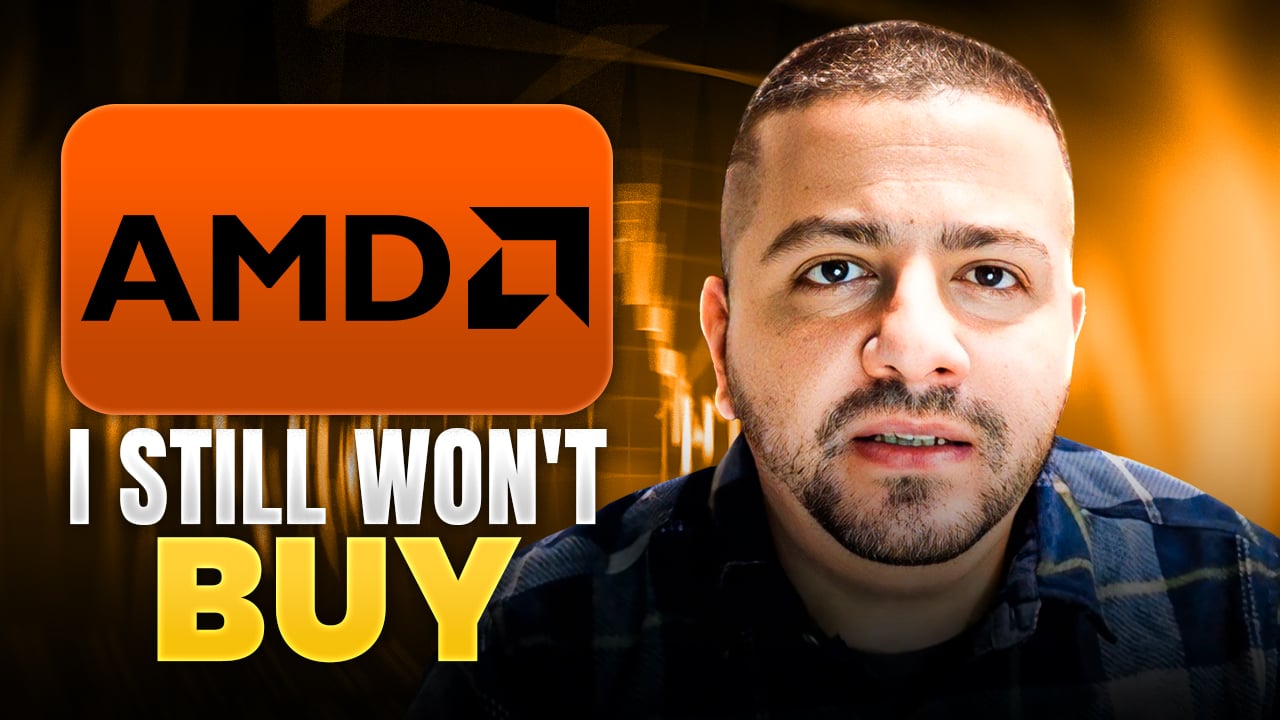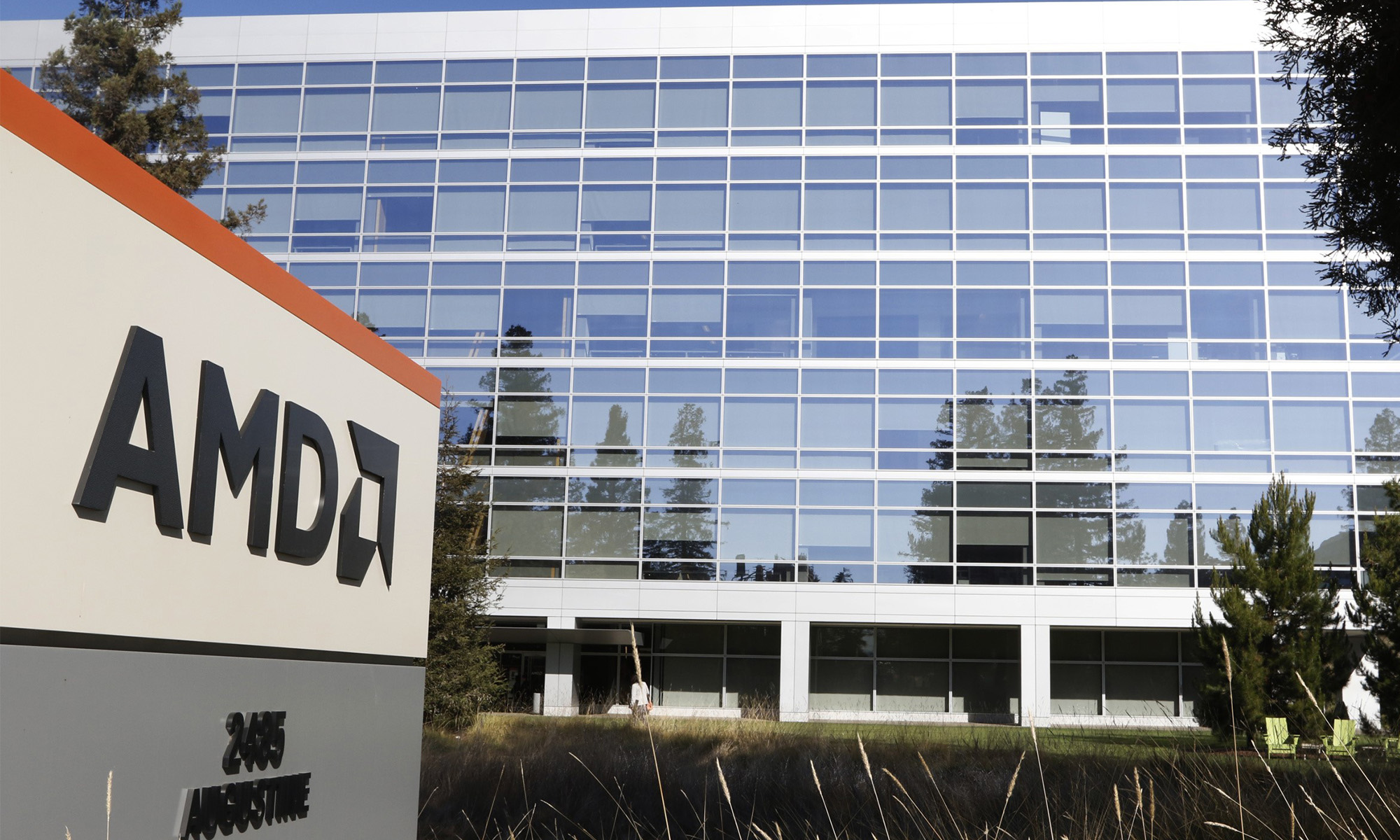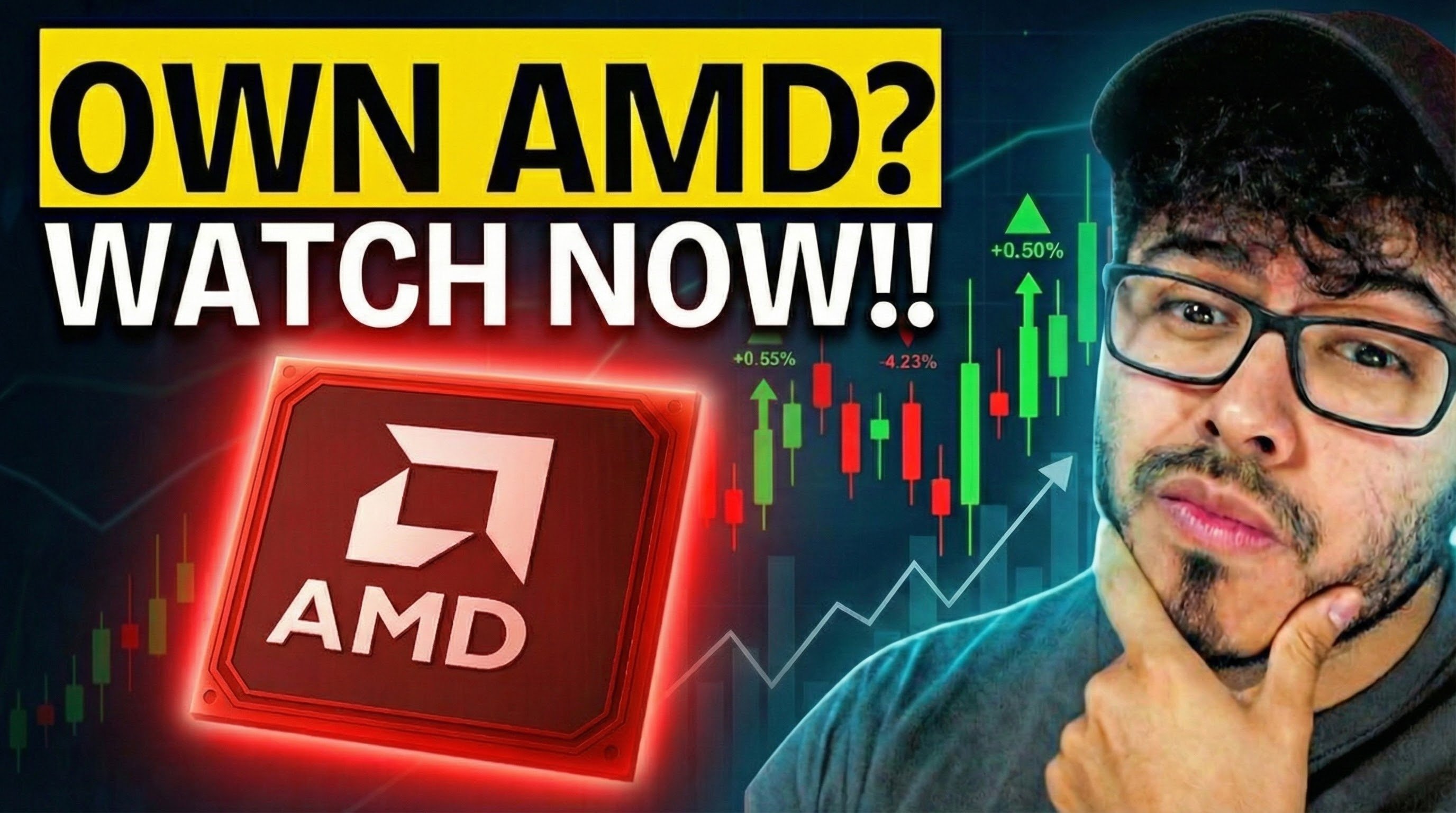At Advanced Micro Devices' (AMD 0.65%) Core Innovation Update, the company gave a whole lot of information about its plans extending a few years out. Most of this information was good stuff and certainly helpful in trying to evaluate the company's potential competitive positioning going forward, but there was one slide in particular that needs to be dug into a little bit.
AMD is claiming an $80 billion total addressable market
The following slide reveals, in broad strokes, why AMD is pursuing its "ambidextrous" strategy of developing both ARM Holdings (ARMH +0.00%)-based products and X86-64 products.

Source: AMD.
While it's not worth getting into an argument over the numbers for the far distant future here, especially as anybody can predict whatever trend one would like, the bigger issue here is in the historical and nearer-term growth numbers. The slide overall has a number of problems that are worth digging more deeply into.
The total addressable market is a bit misleading
At ARM's own analyst day, it gave the following helpful slide presenting its estimated total addressable market, or TAM, during 2013 and where it expects those TAMs, by segment, to be by 2018 -- which probably, not coincidentally, explains AMD's numbers.

Source: ARM Holdings.
ARM says its TAM is about $40 billion today, and the company expects that that figure to grow to $60 billion by 2018. AMD seems to be mirroring these projections, but these numbers overinflate AMD's "opportunity" in the following ways.
- AMD is unlikely to play in smartphones. Since AMD is missing a number of critical intellectual properties (image signal processor, cellular modem, connectivity, RF), it is unlikely that it will be a major player in the smartphone market. This means that only the non-Apple, non-Samsung tablet market is open to AMD, and even then this is a market dominated by Qualcomm, Intel (INTC 1.15%), Rockchip, MediaTek, Allwinner, and so on.
- Enterprise infrastructure has many players, including Intel. In the data center and cloud, Intel is the big kahuna by revenue and has handily defeated multiple generations of AMD-designed processors. Further, in the enterprise networking and infrastructure space, AMD will compete not only with Intel (which is actually a fairly new entrant in this space, and probably not counted in AMD's X86 TAM numbers), but also with Broadcom, Freescale Semiconductor, Cavium, and many others. The TAM may be "large," but it's a pie split many ways among many stronger and more experienced competitors.
- Embedded intelligence doesn't sound like a big AMD market. While there are parts of the embedded-intelligence market that AMD can address (and that Intel is addressing with X86), ARM is including tiny Cortex M-based micro-controllers -- and similar products from many other vendors -- in this TAM. This is not a market where AMD is going to play heavily, once again overstating AMD's TAM.
While AMD is presenting this large $80 billion TAM that it could someday grab a big piece of, the fact is that outside PCs and server processors, which Intel dominates, and mobile applications processors, which Qualcomm and MediaTek dominate, there isn't really as much left to grab as the presentation would like investors to think.
Can AMD still grow?
The bottom line that matters to investors is whether AMD can still grow. While I'm not too optimistic about the company's chances in the PC over the next few years (flat to down TAM; share loss to Intel), the company is still poised to do well with semi-custom jobs, higher-performance embedded products with both ARM and X86, and perhaps its dense server parts, although this space will be extremely competitive.
However, the notion that an $80 billion TAM is open to AMD with so much of that revenue held captive by a couple of very large players seems a bit too optimistic. There is room for AMD to grow if it executes across these initiatives well -- and this is probably the biggest open question -- but the ceiling to that growth is probably far lower than the combined TAM of the ARM and X86 markets taken a whole.






